The Power of Zoo Animals Coloring Pages: Unlocking the Benefits for Kids and Toddlers
Nowadays, in a society that demands speed, it is necessary to offer children activities that not only entertain but also educate, and stimulate their developing thoughts. One of the popularity activities over recent times has been colouring (and colouring animals in particular). These web pages are now ingrained in the home, the school and the preschool and, thankfully, for good. In this article, we’ll delve into the numerous benefits of animals coloring pages for kids and toddlers, exploring how they can positively impact their cognitive, emotional, and social development.
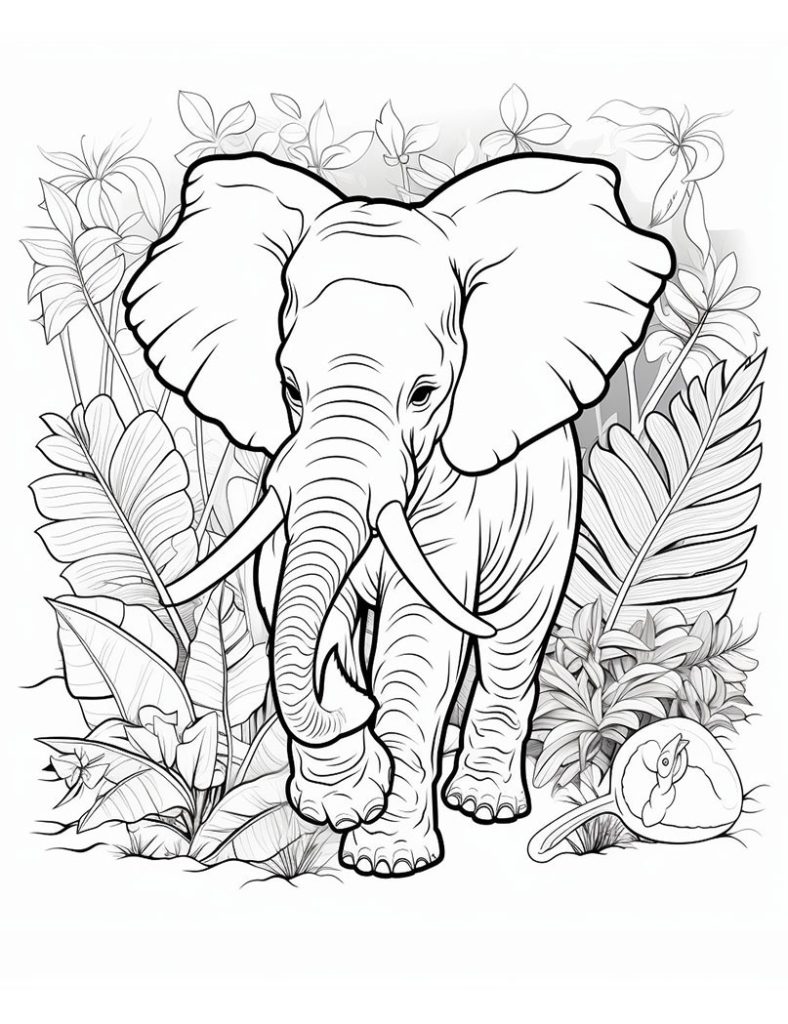
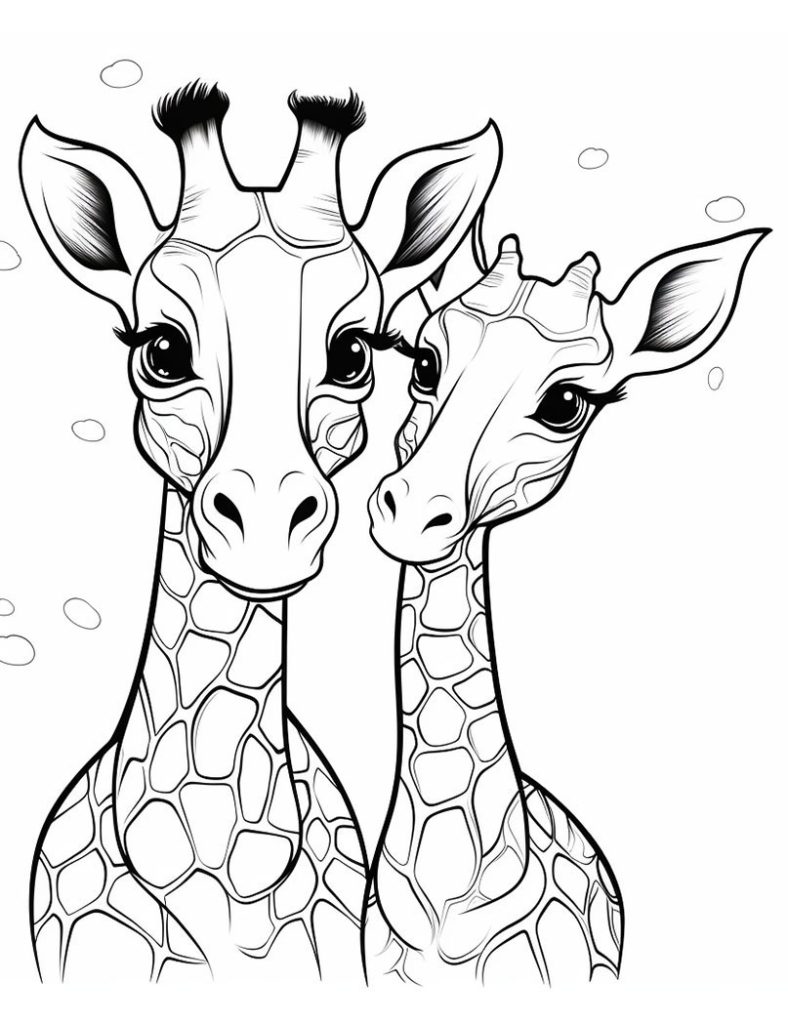
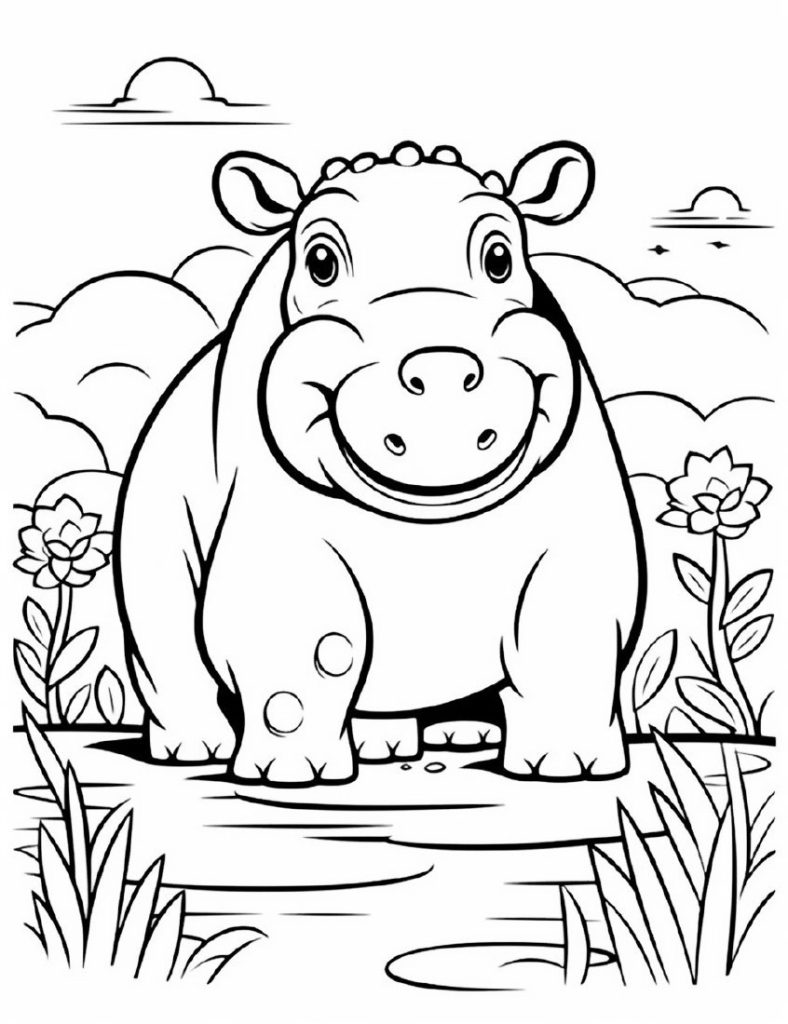
Introduction to Animals Coloring Pages
Animal coloring pages are individual sheets that show animals, like cats, dogs, elephants, and lions, in various settings and situations. Specifically, these pages, with only a few lines of text and much simple, heavy typeface, appear frequently and thinly detailed, all of which give free reign to the children’s wild imagination and creativity to add to the animal’s original life colour. Thanks to the navigation of pages which is very simple, they can offer great effectiveness to children and toddlers because having a good level of comprehension and relationship with the images is not a challenge.
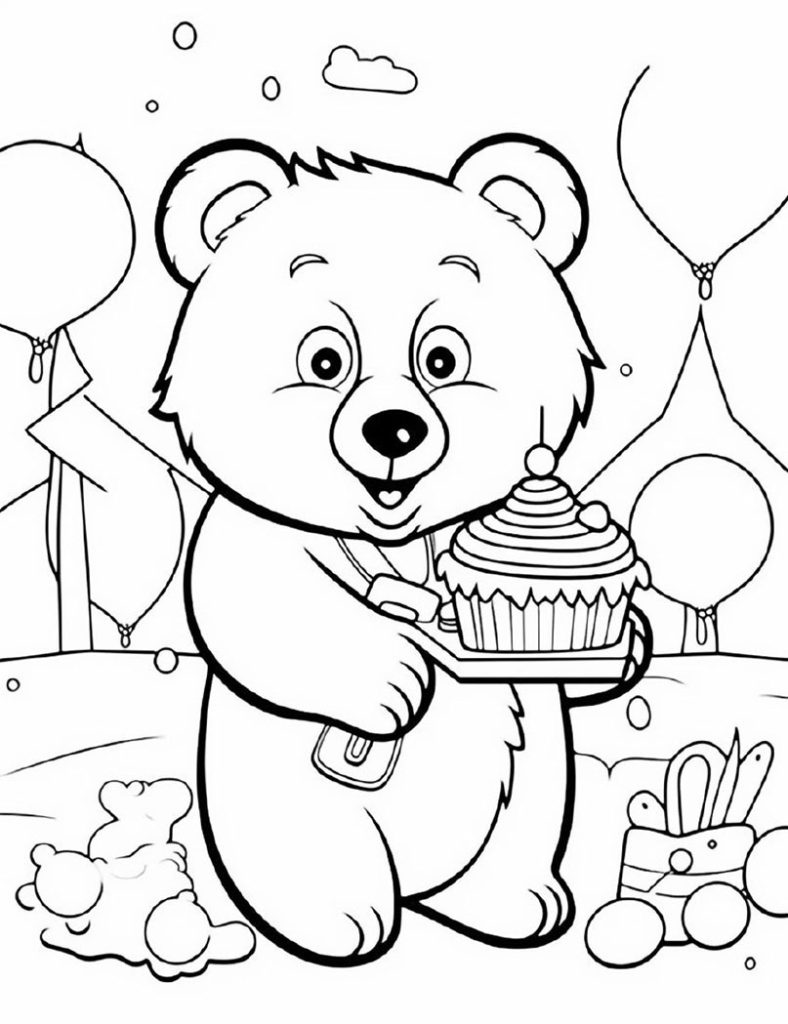
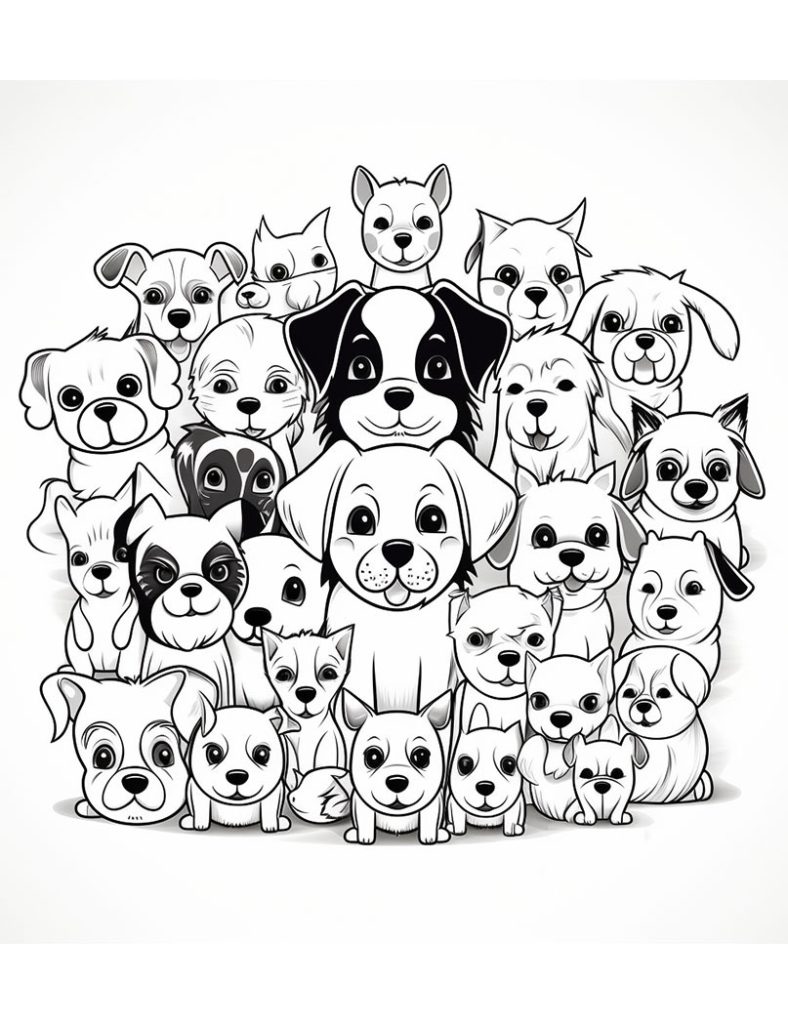
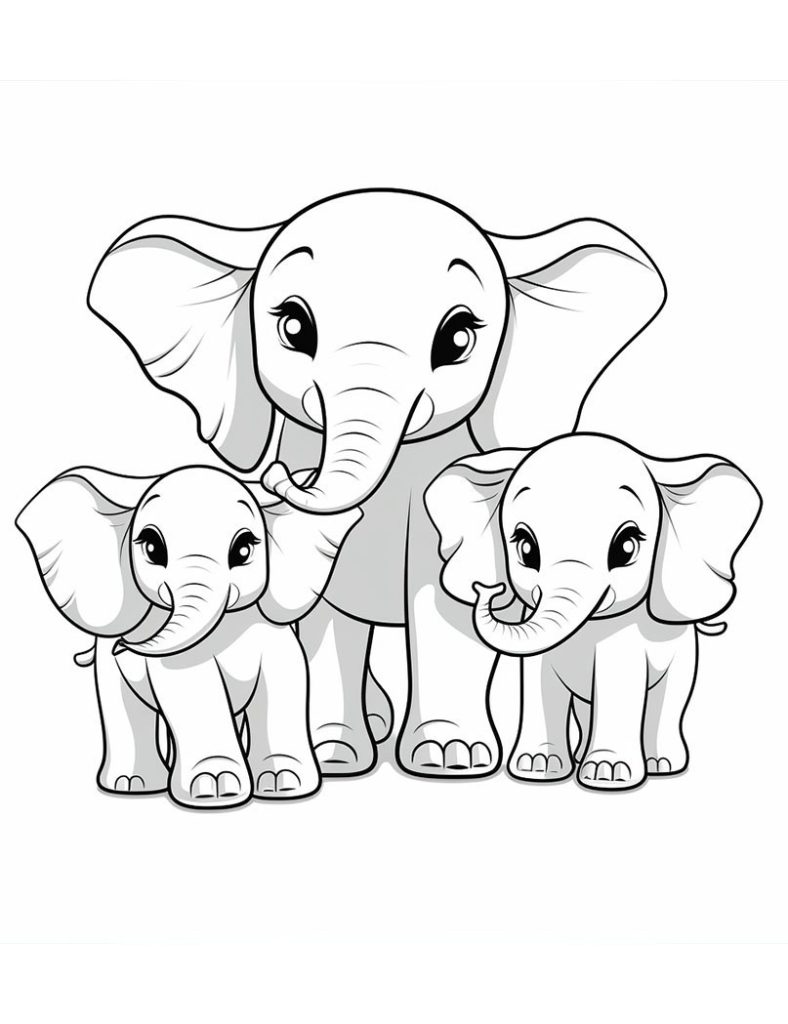
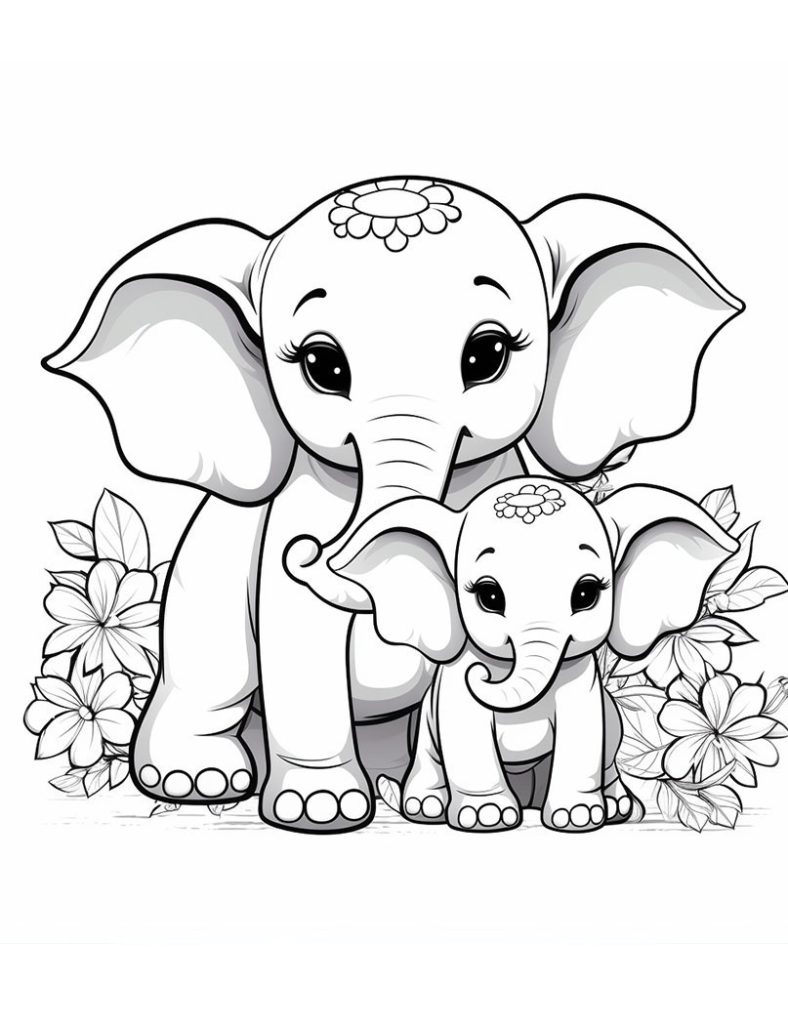
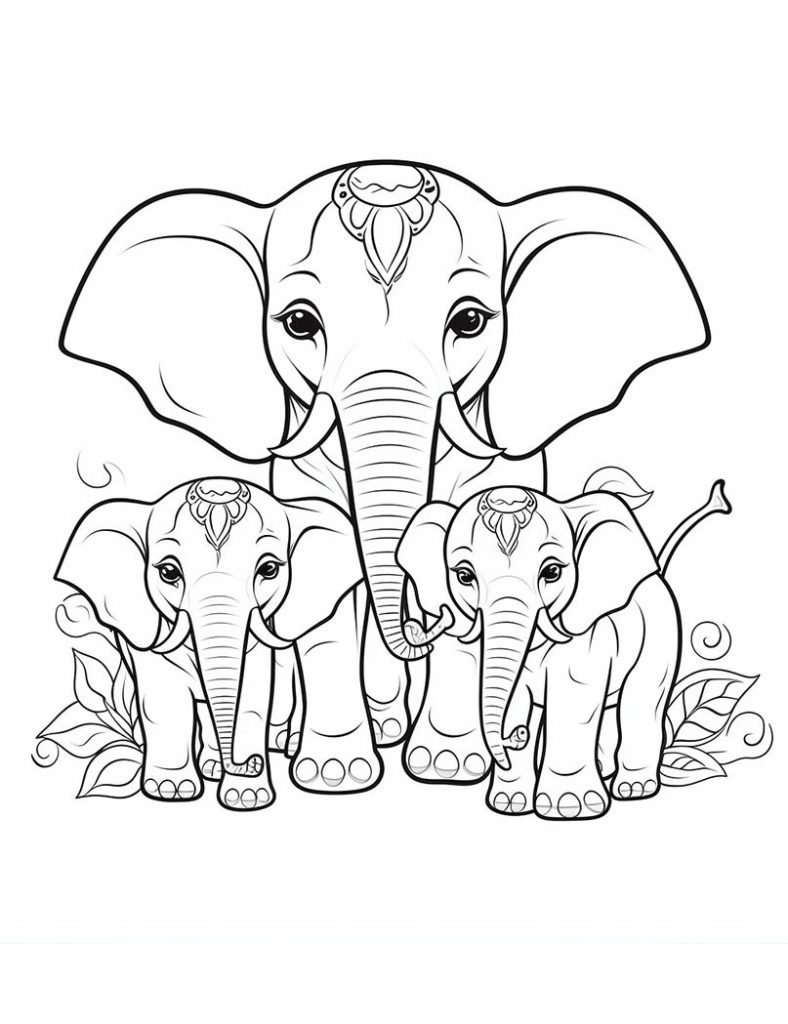
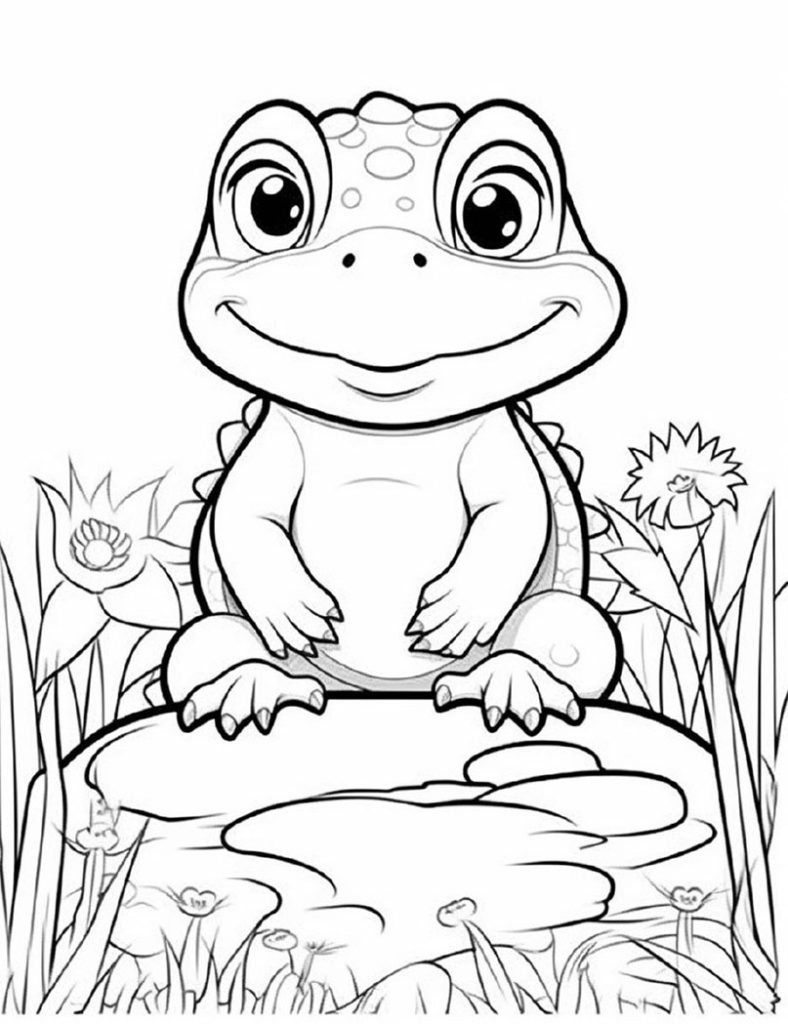
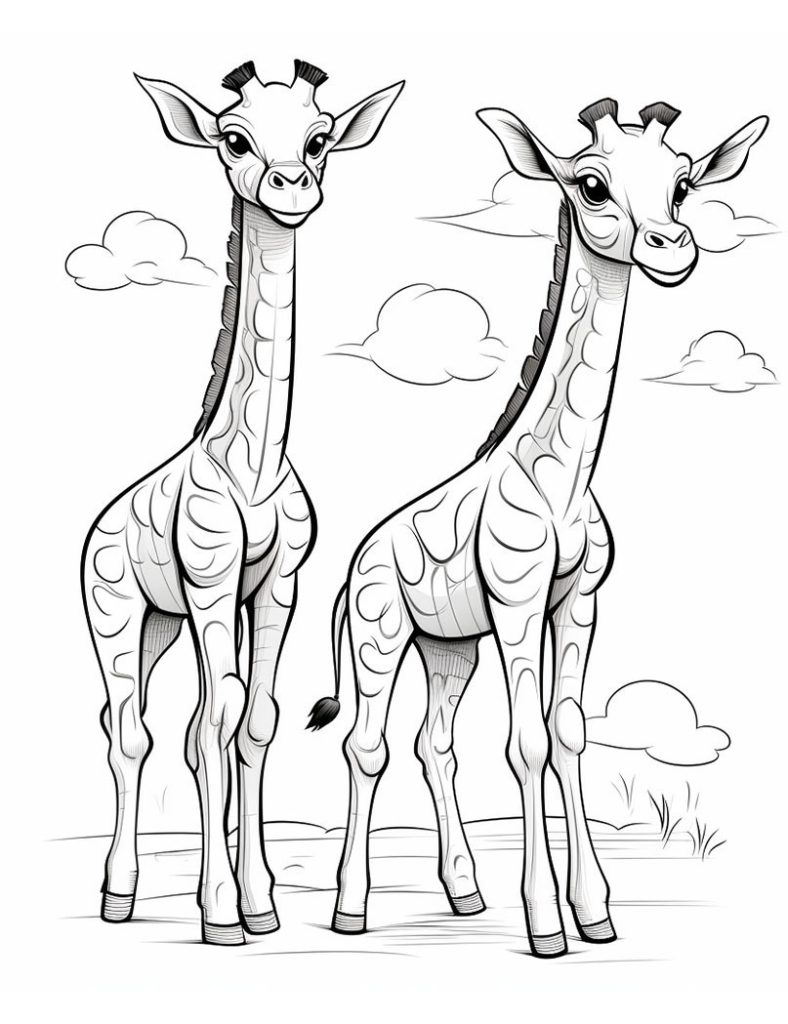
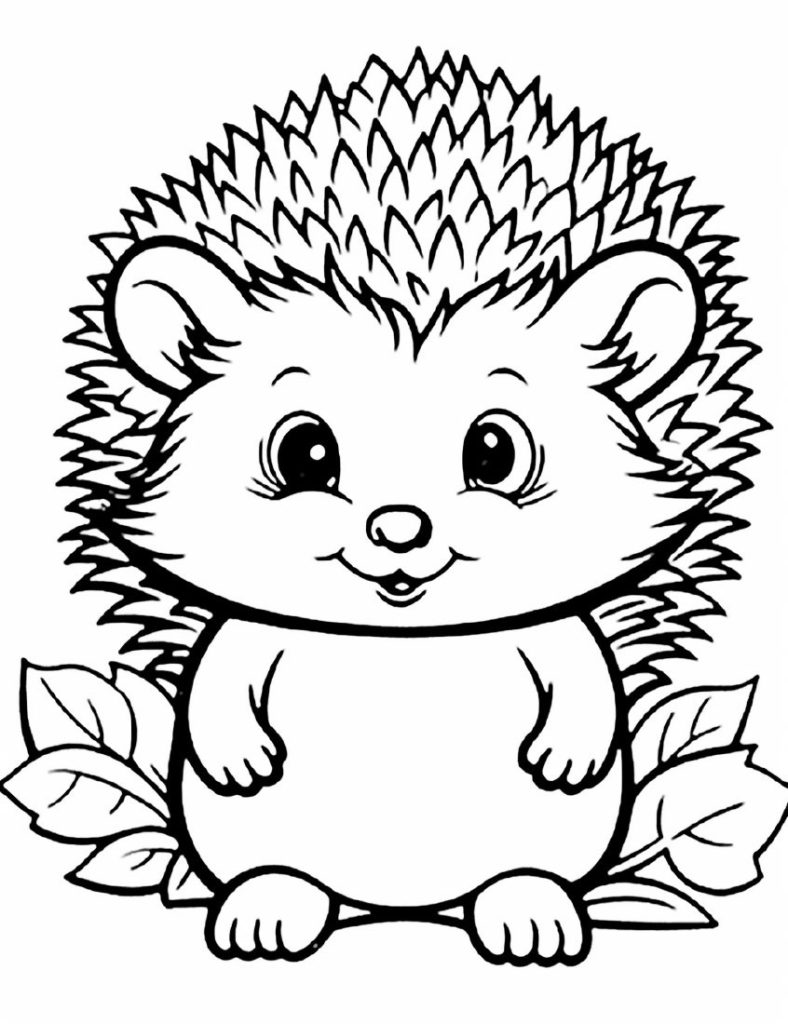
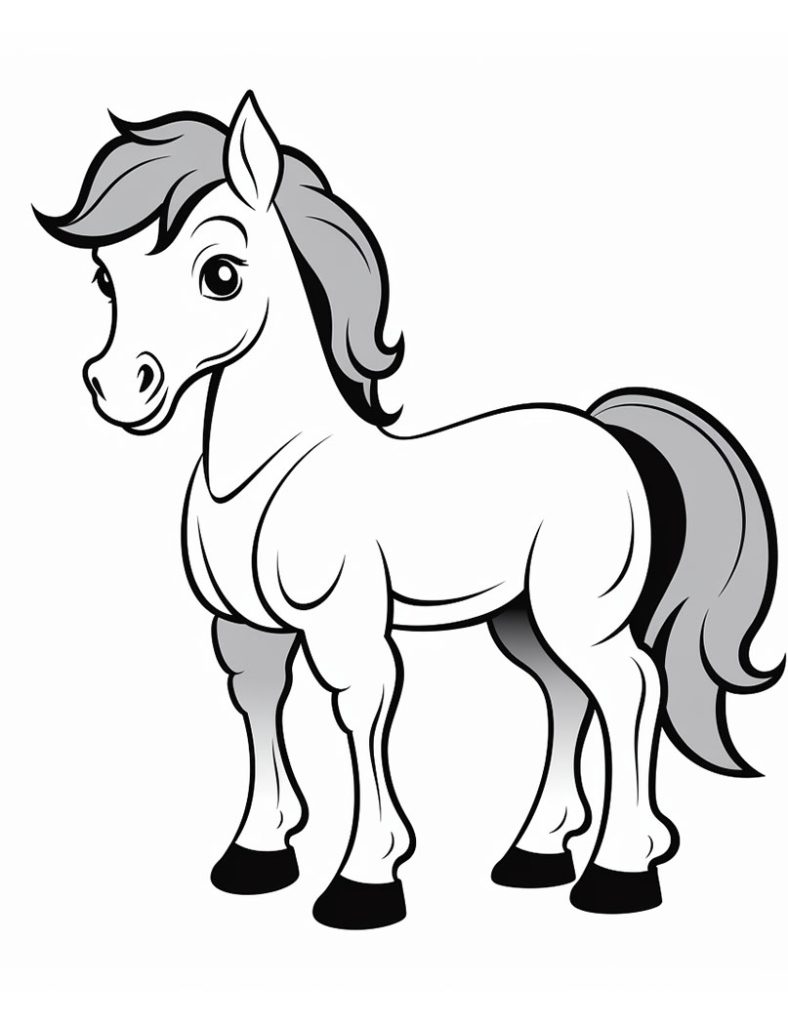
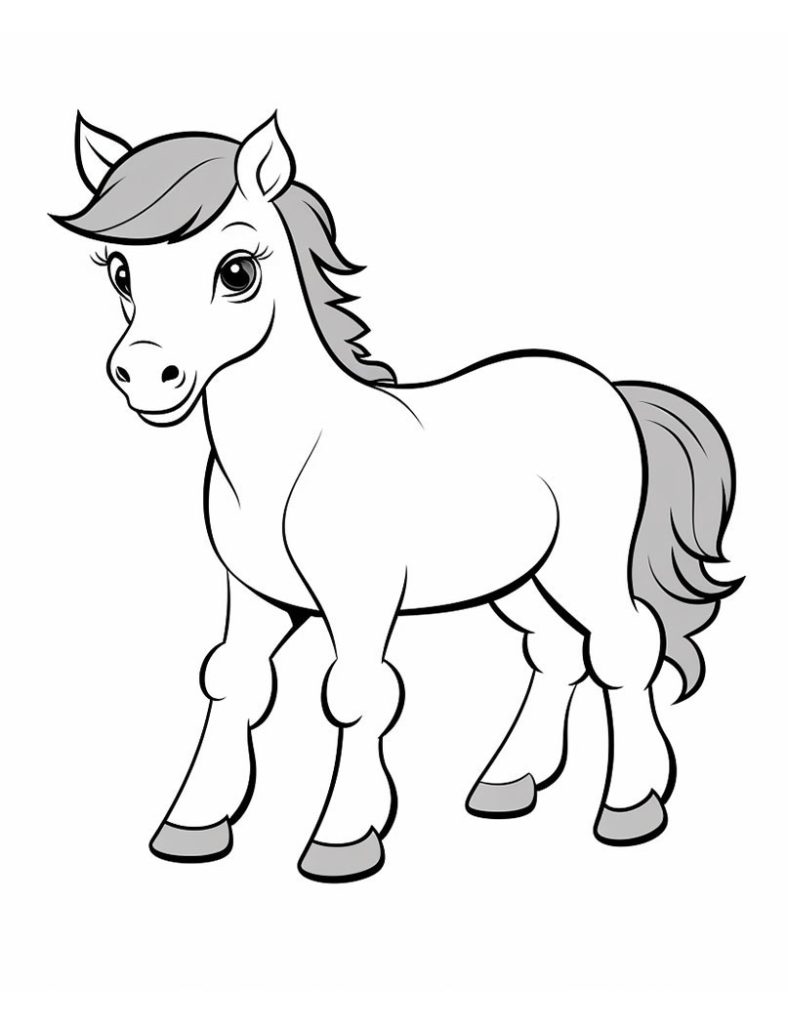
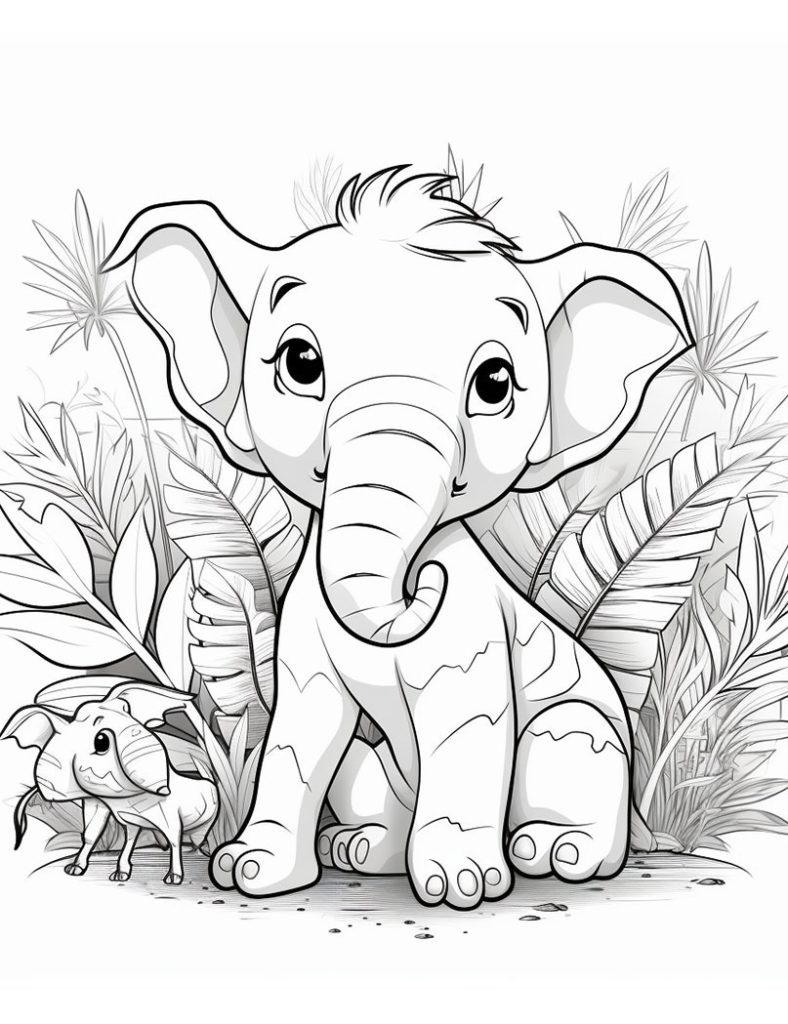
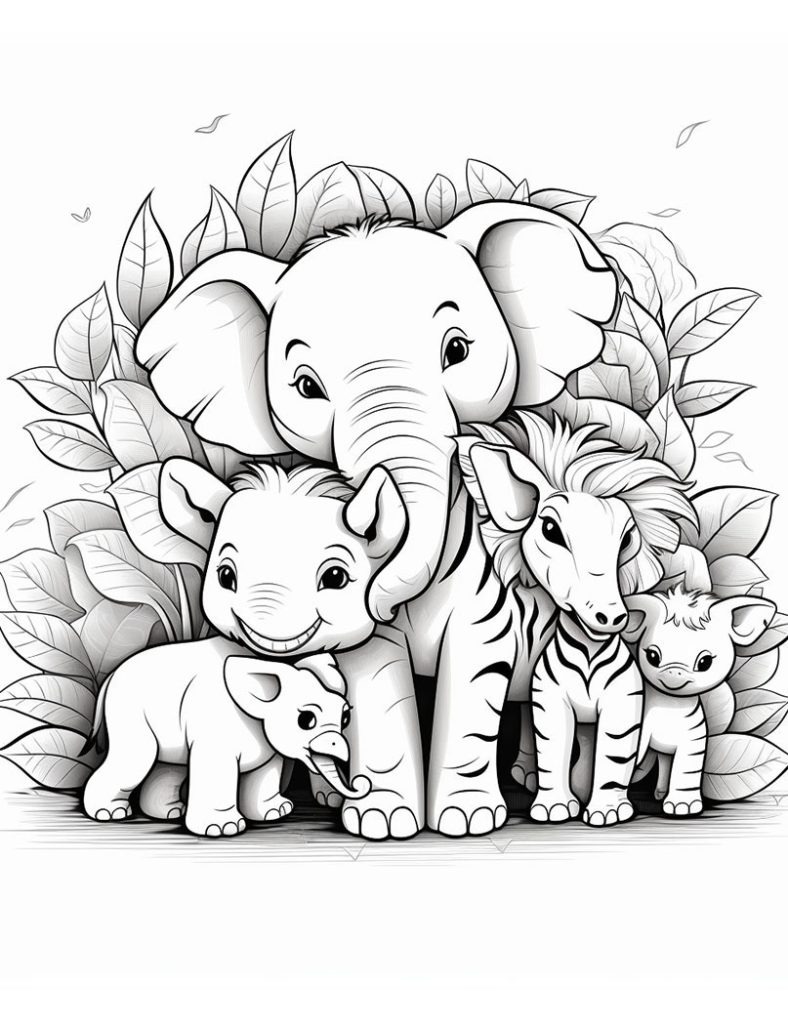
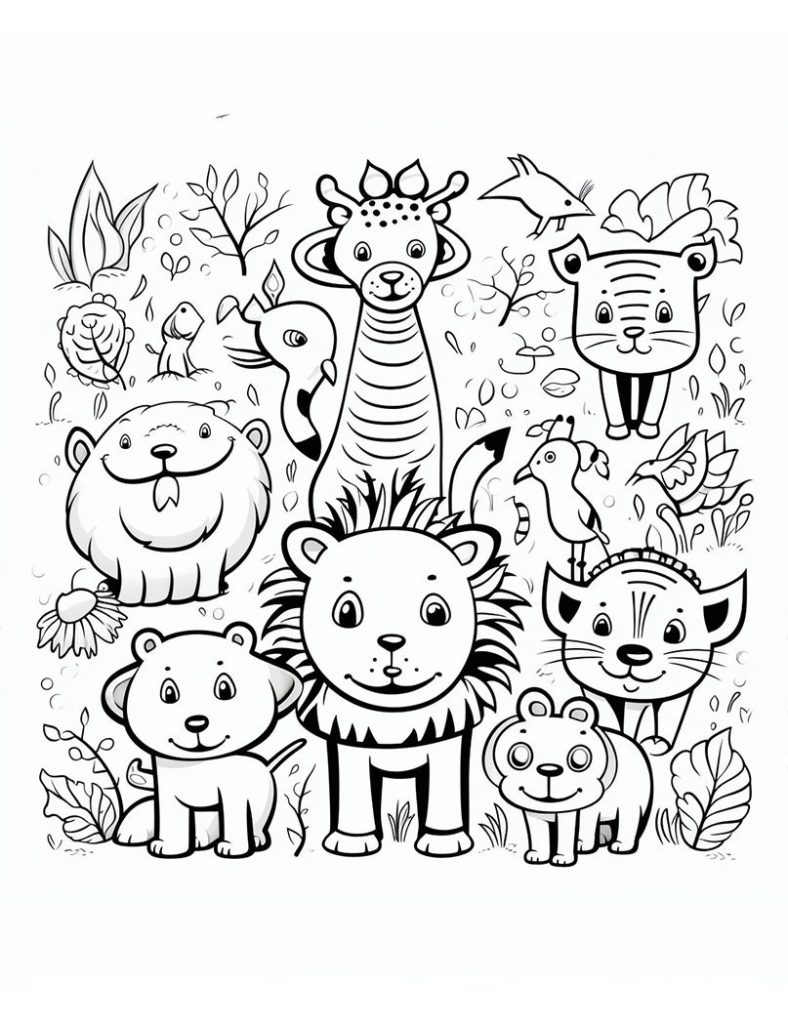
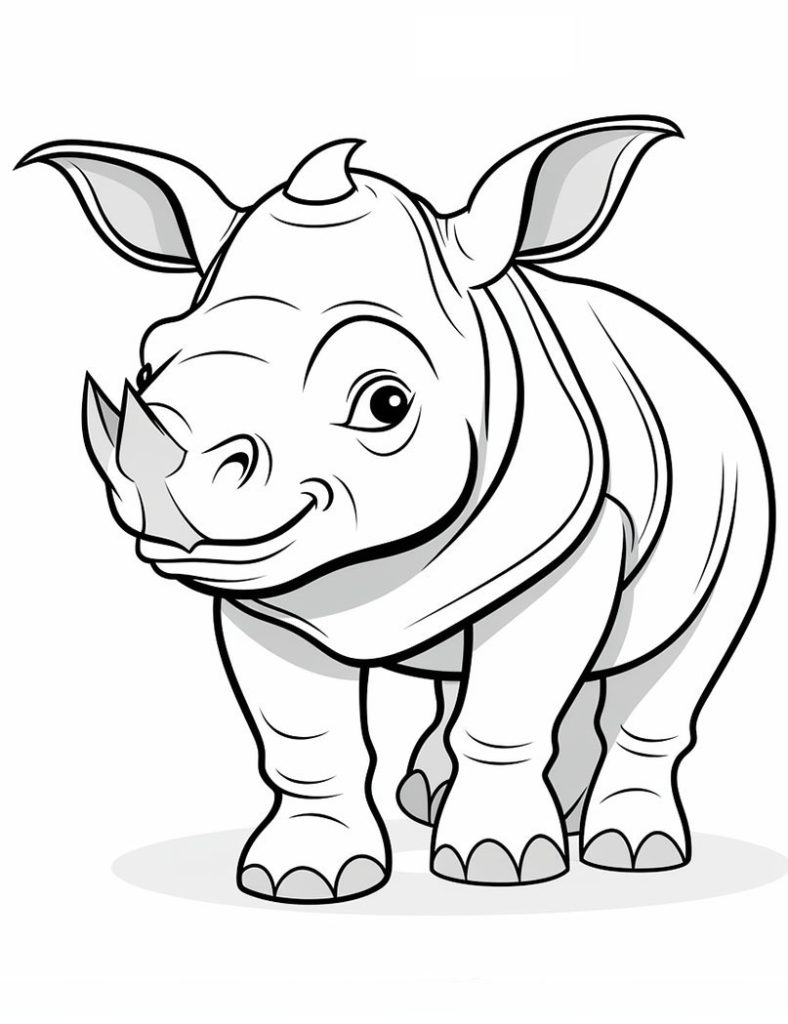
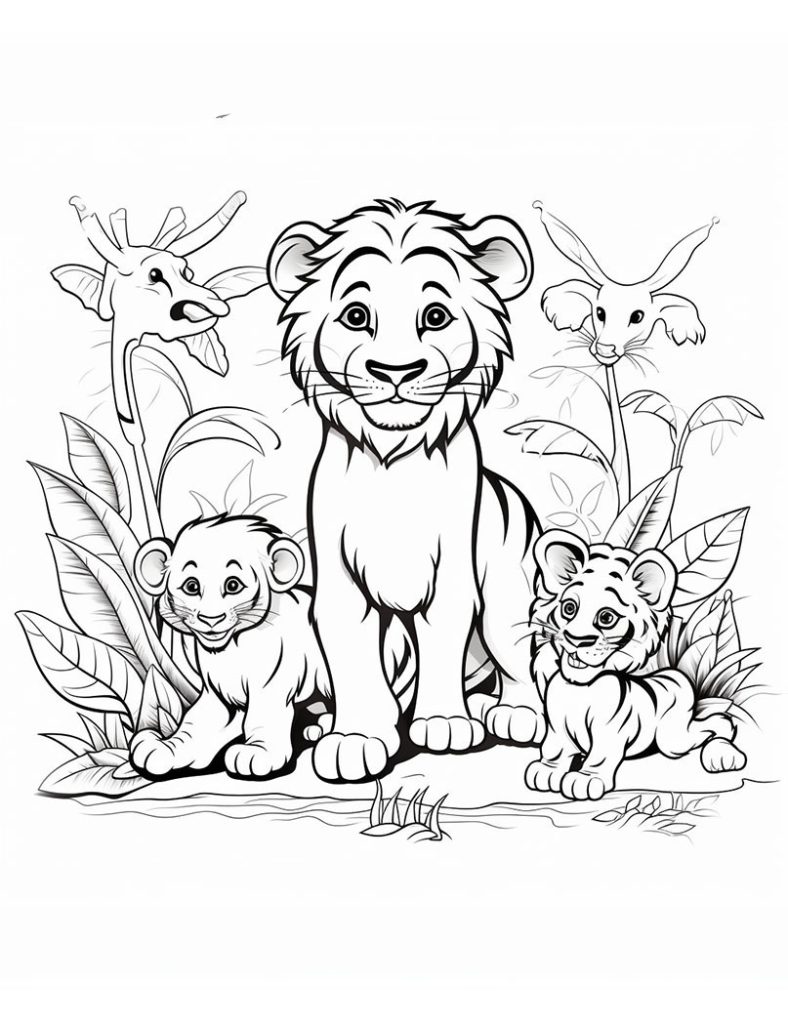
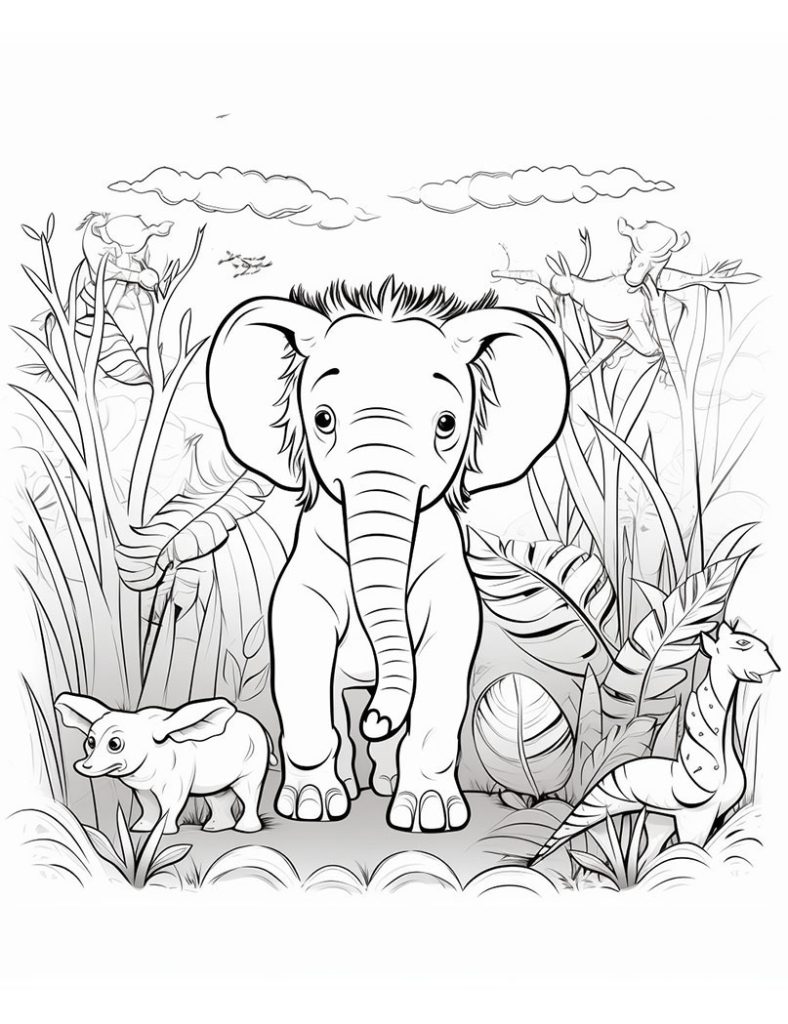
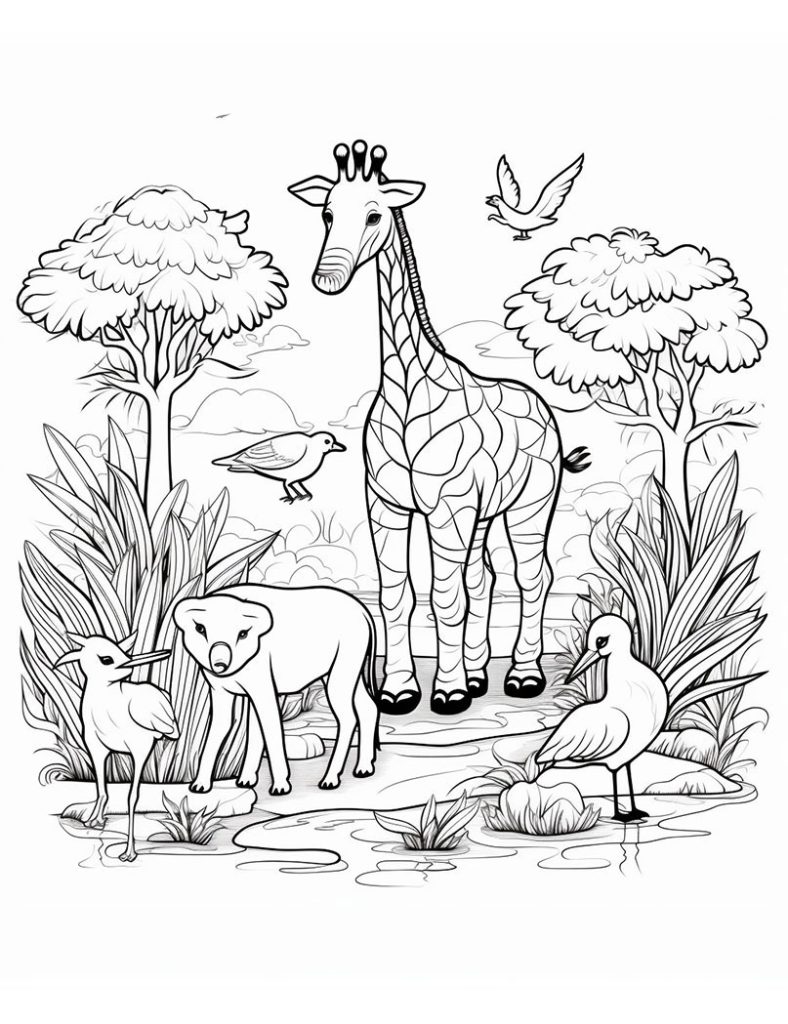
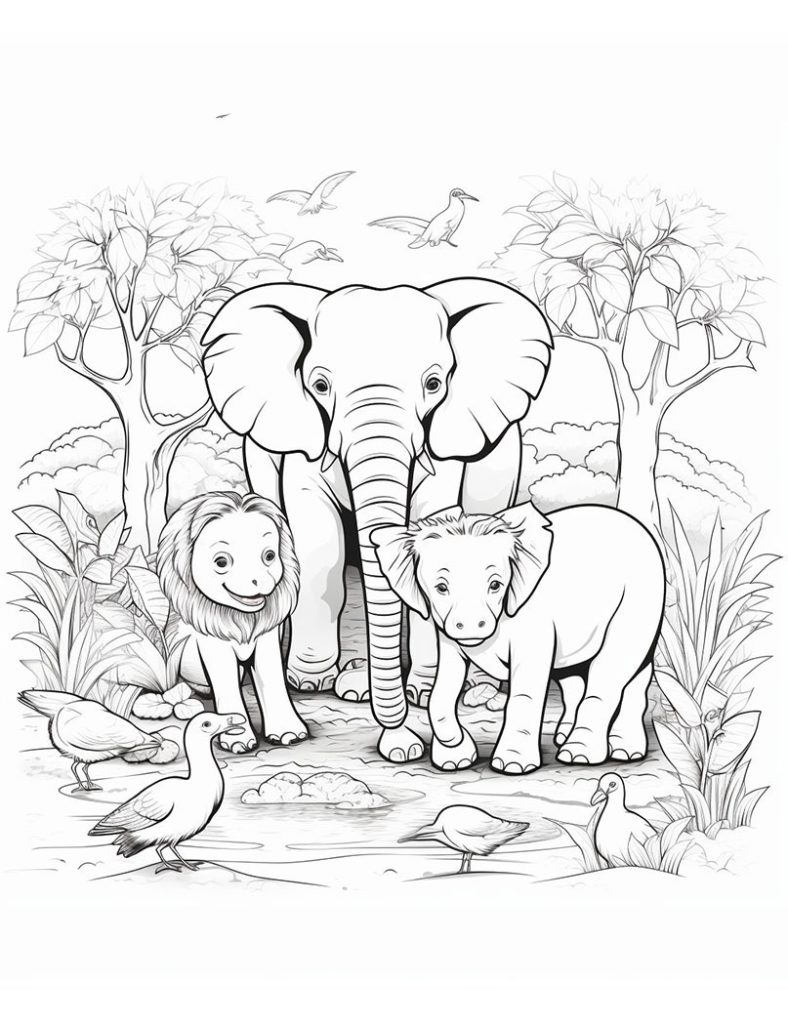
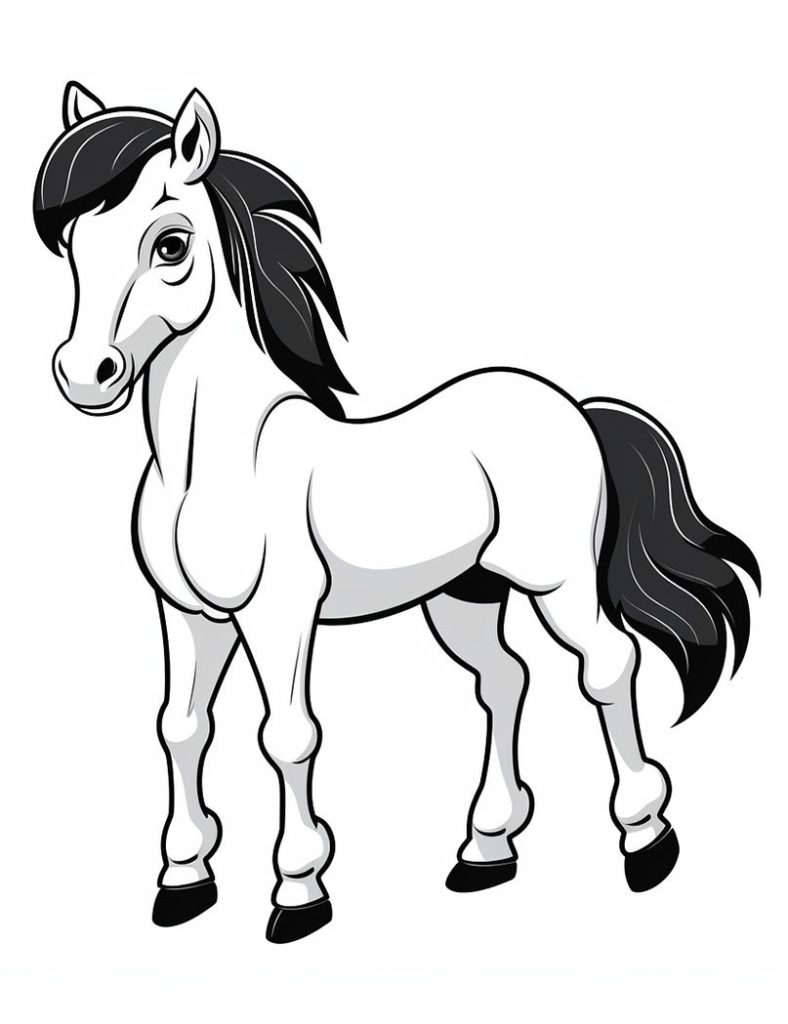
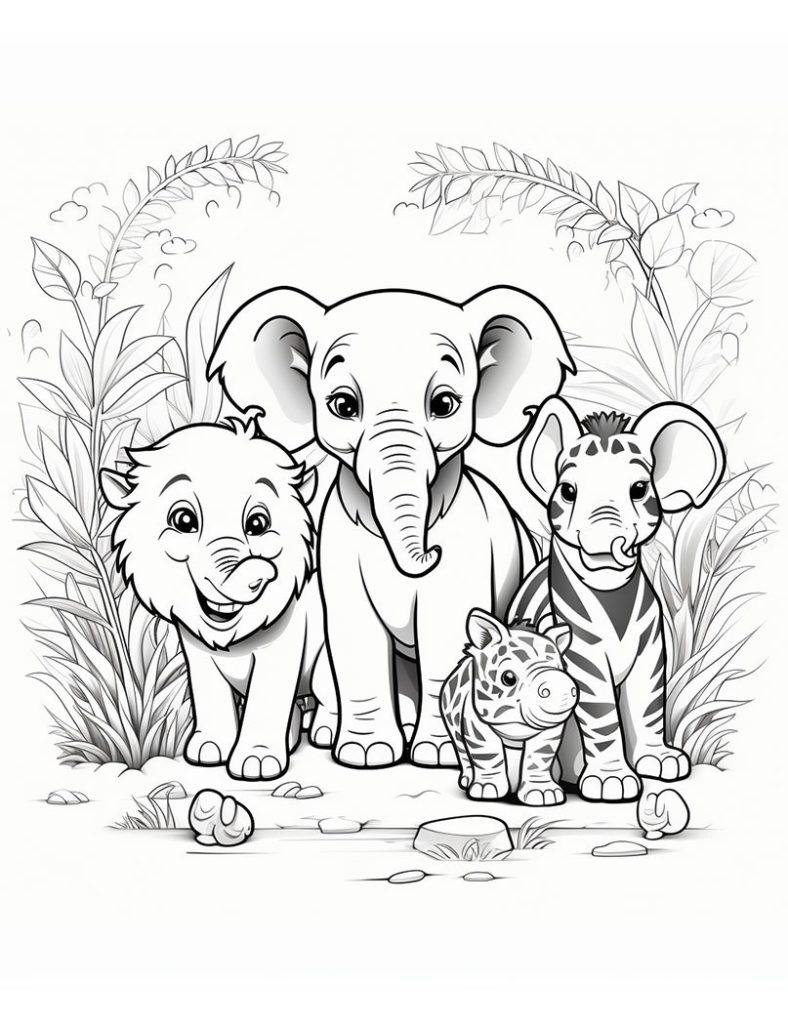
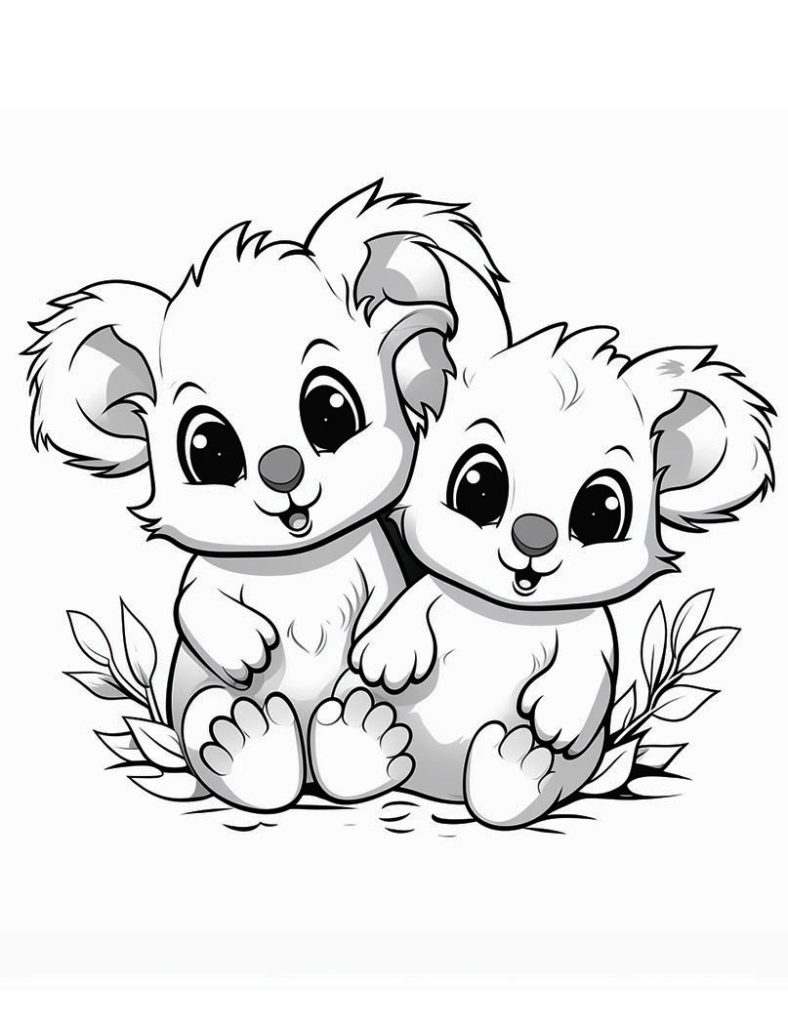
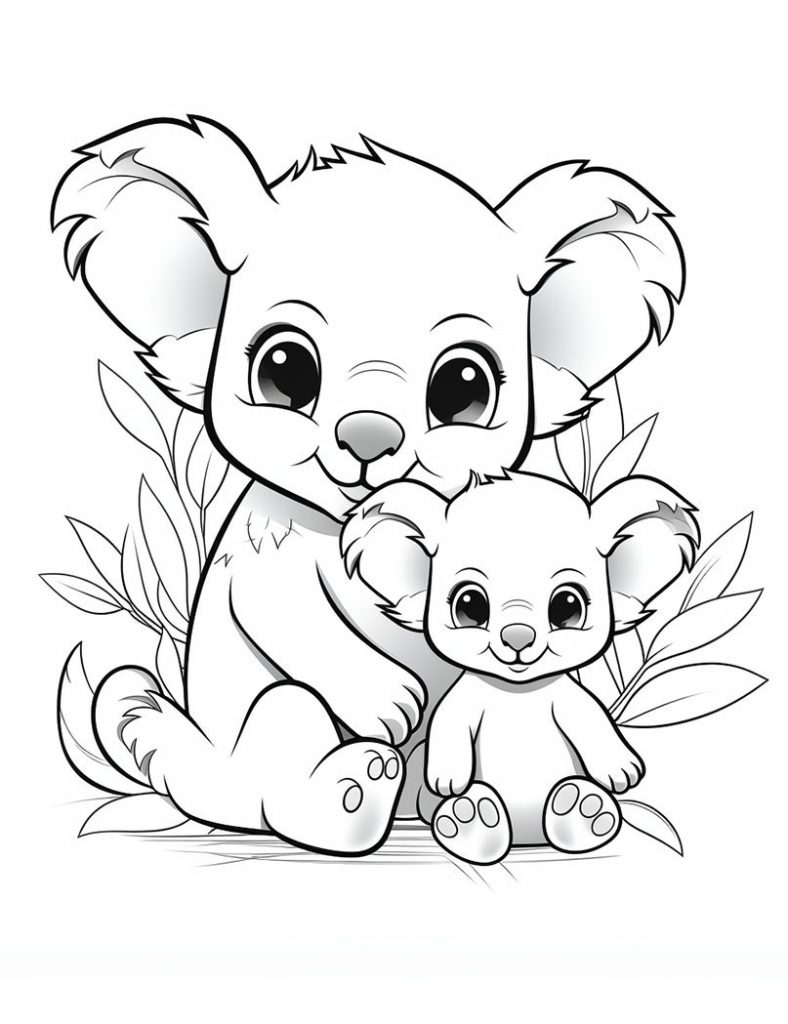
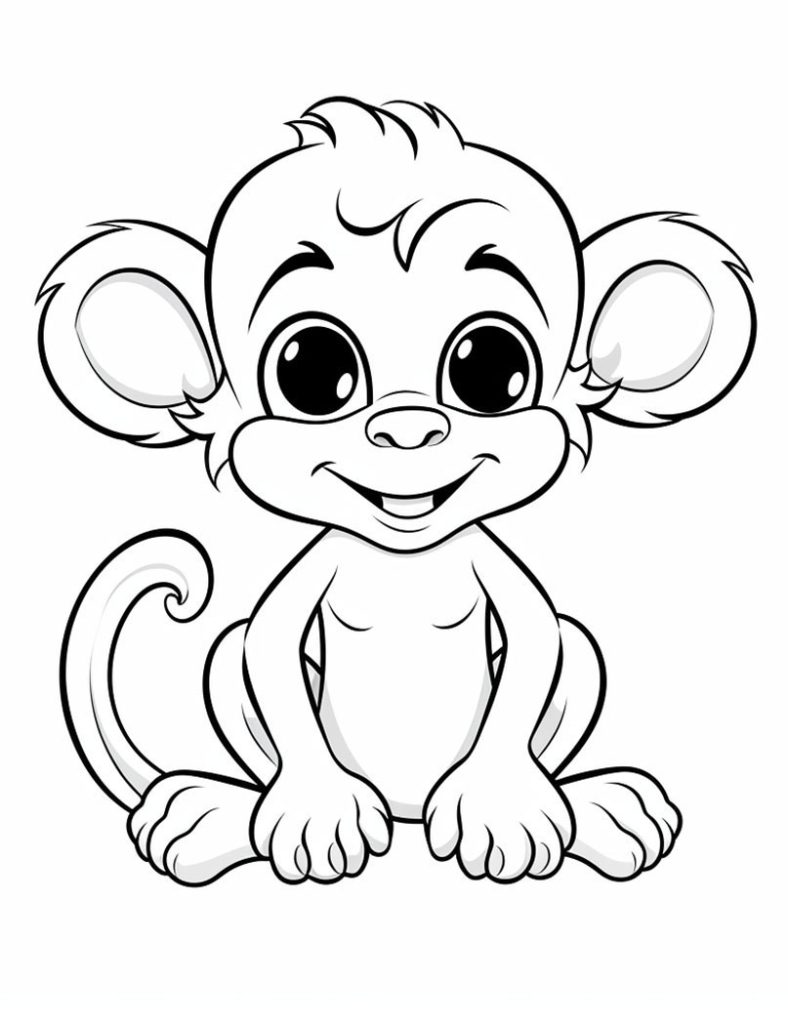
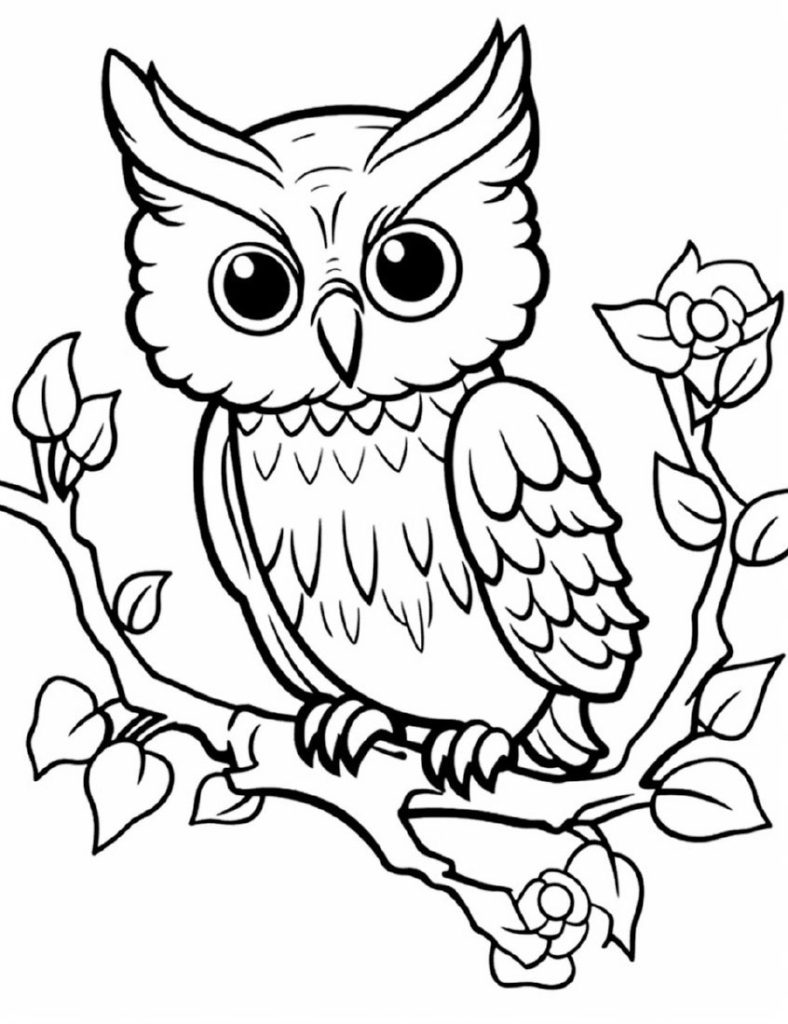
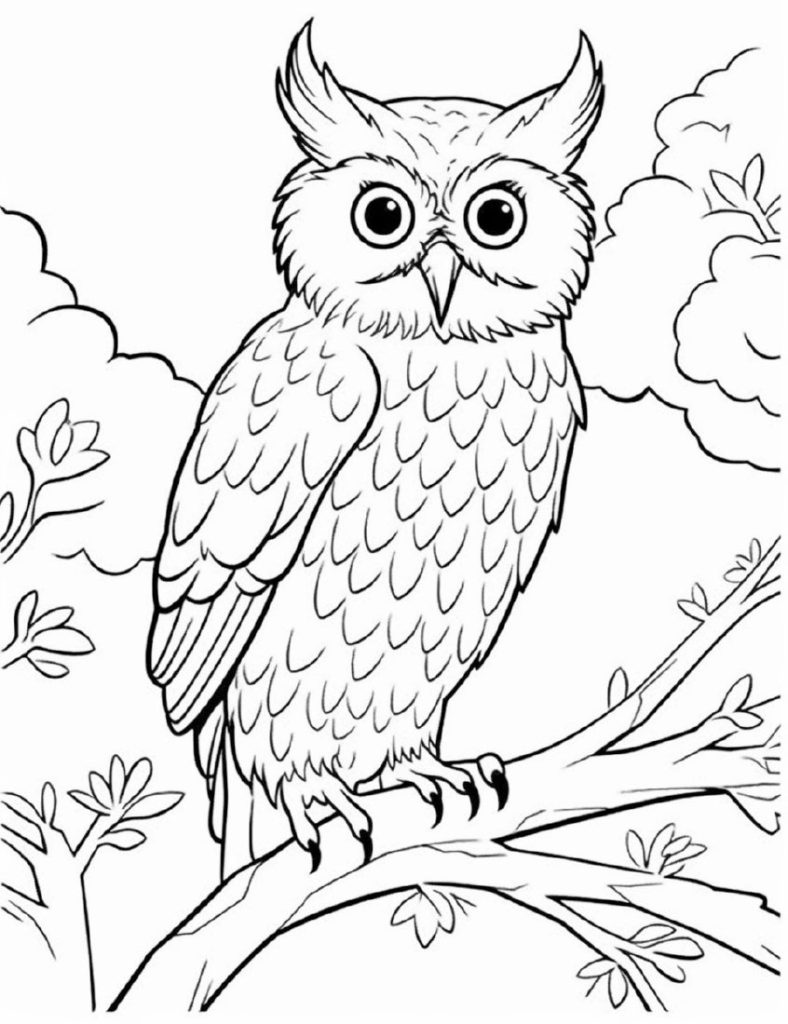
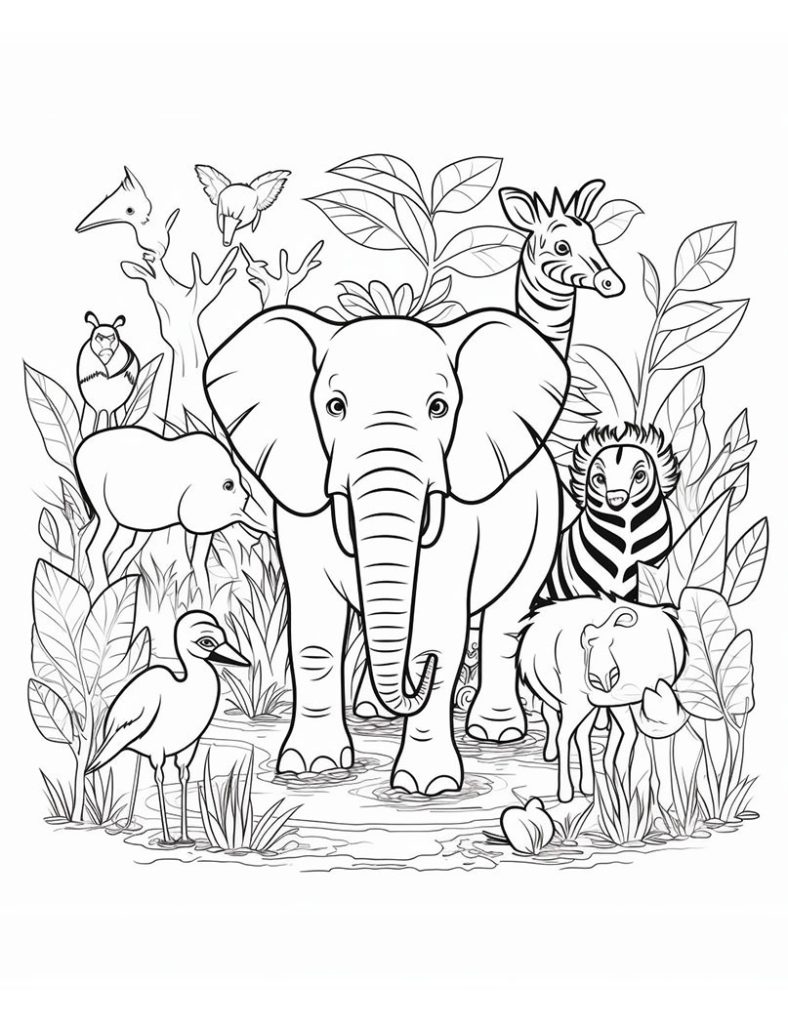
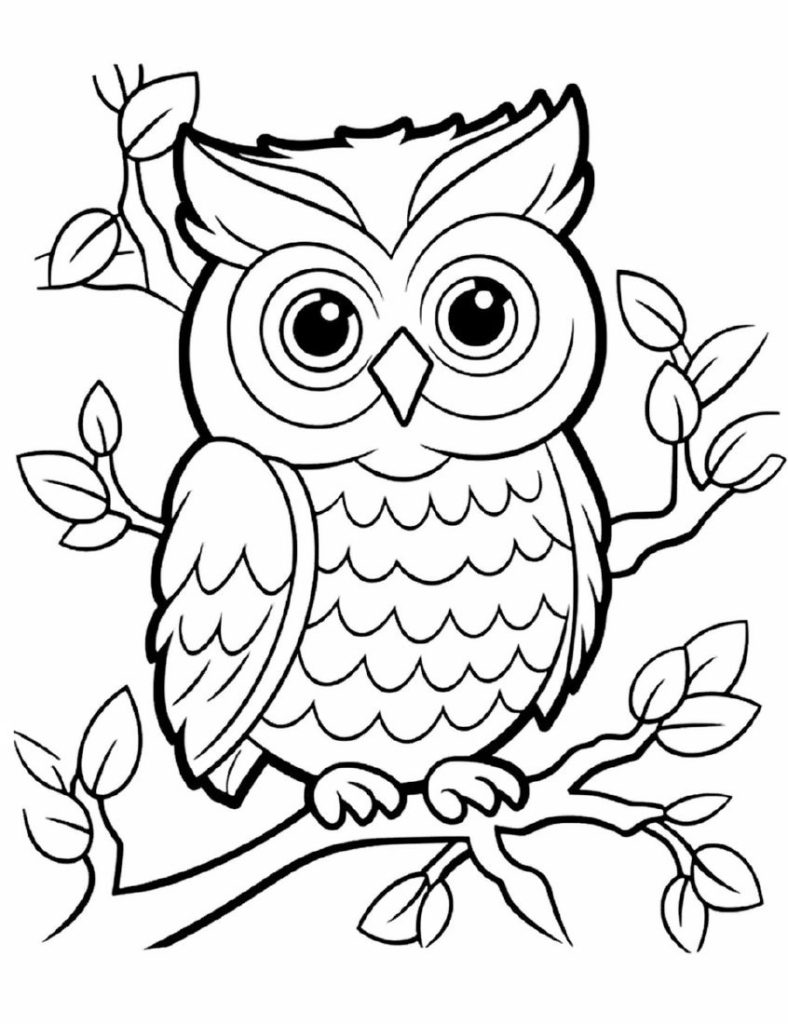
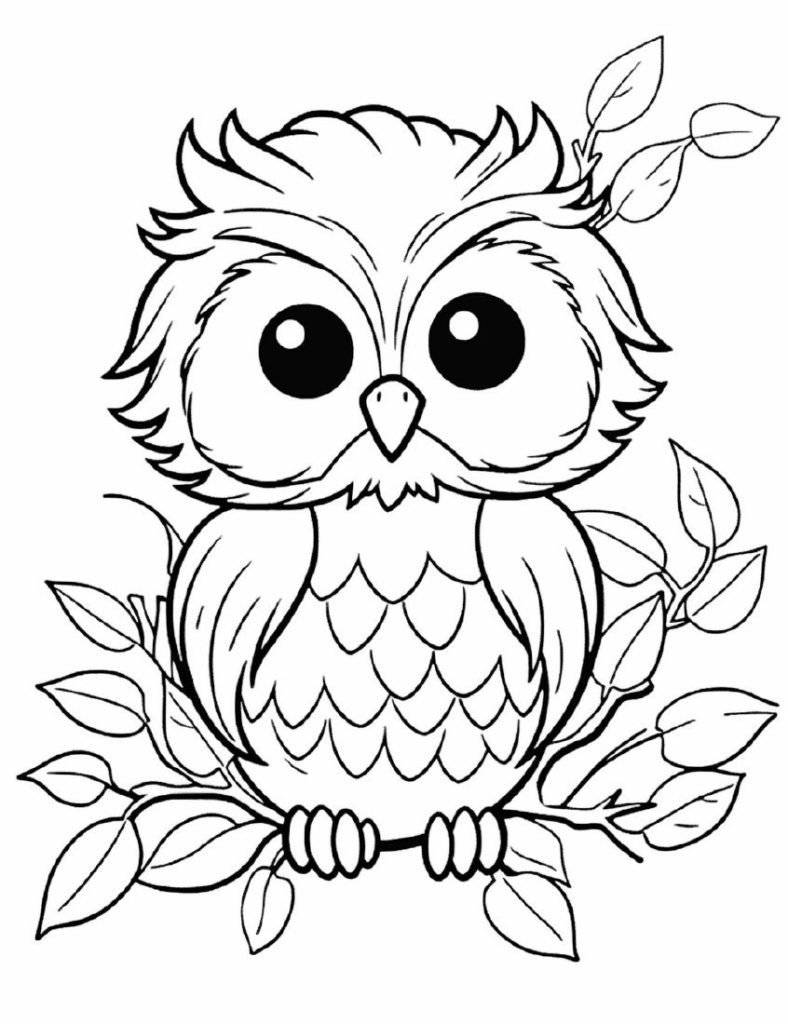
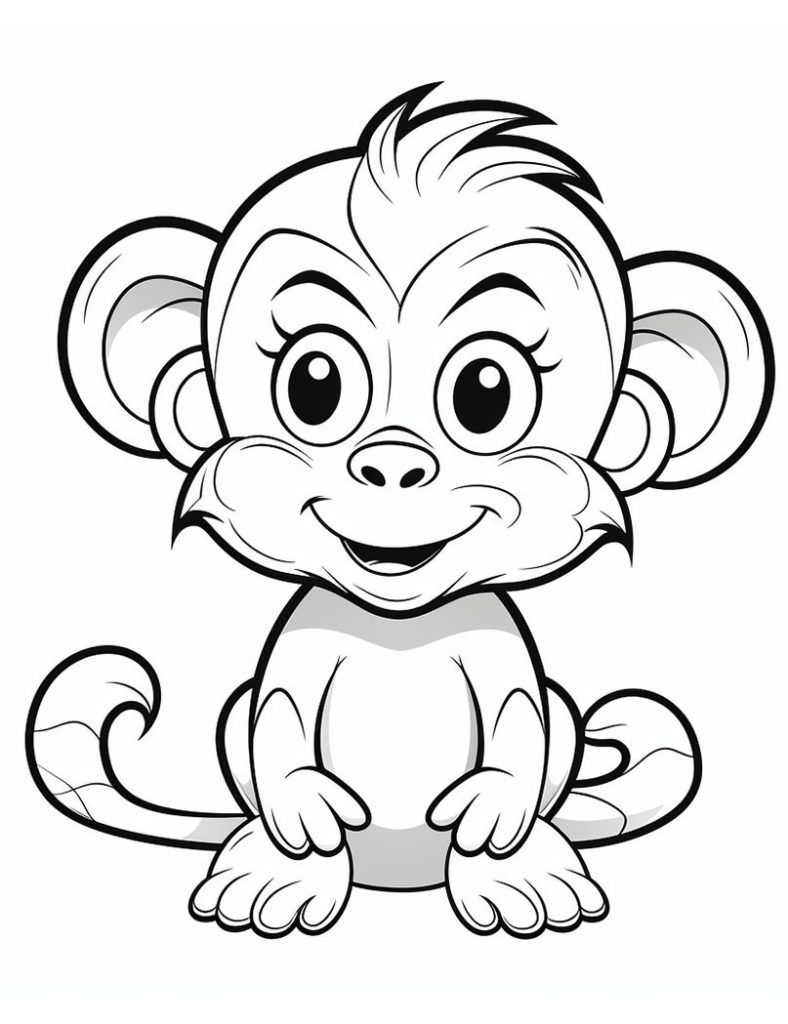
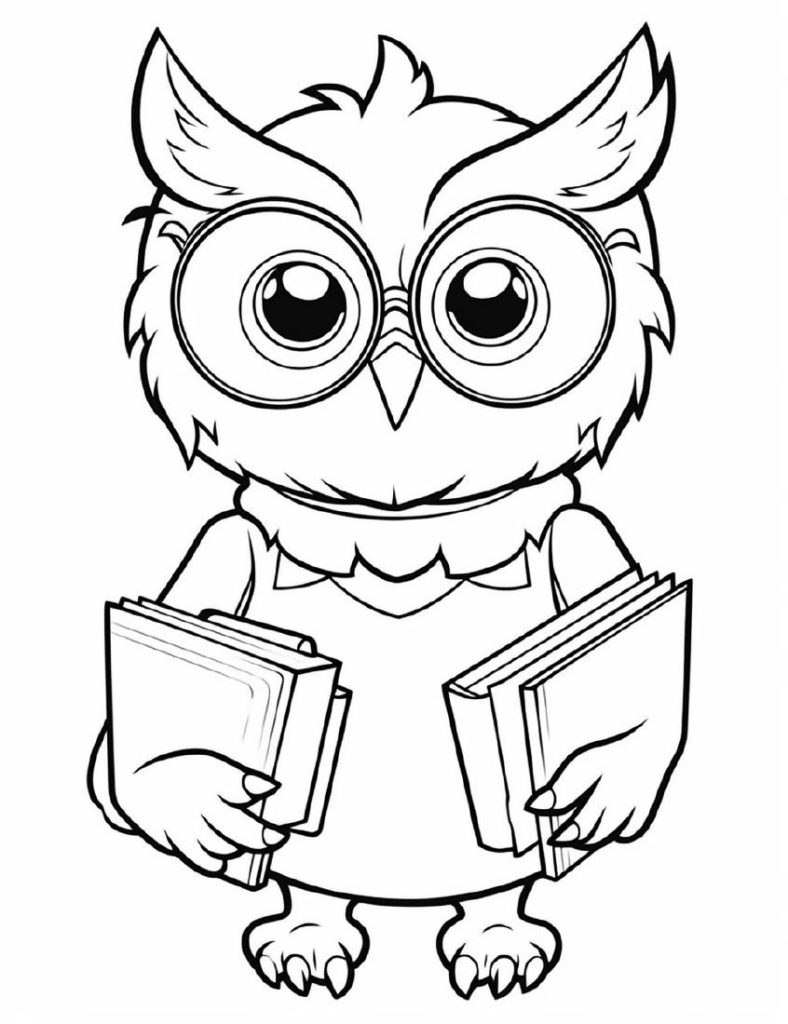

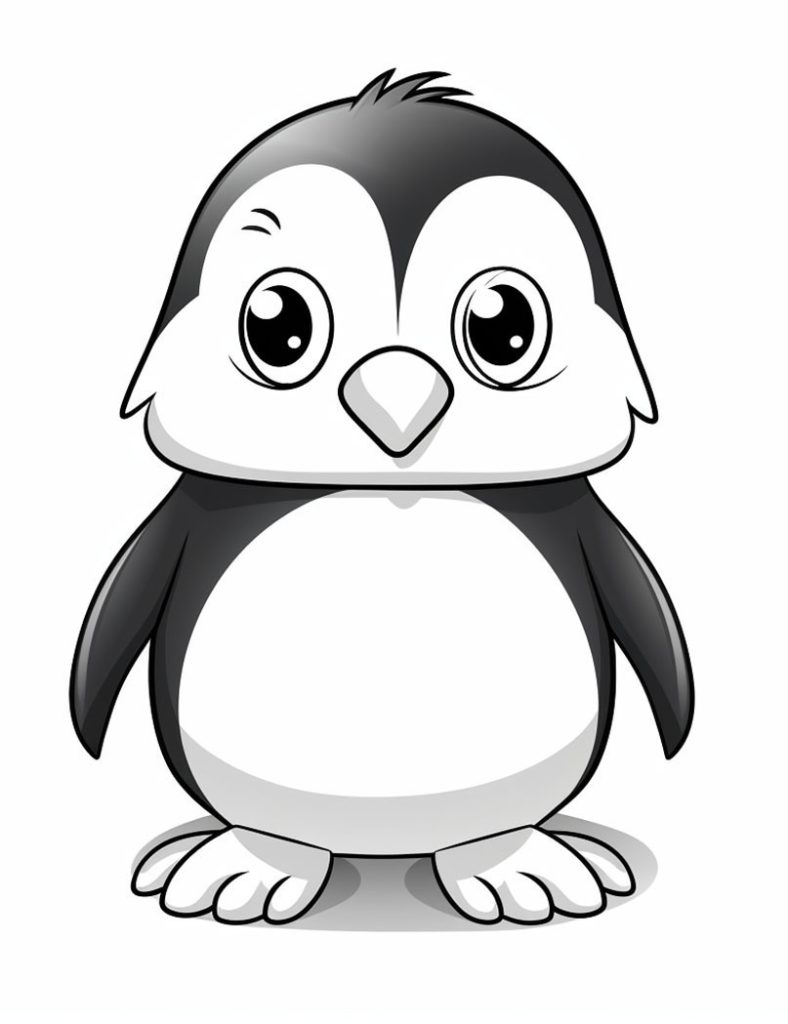
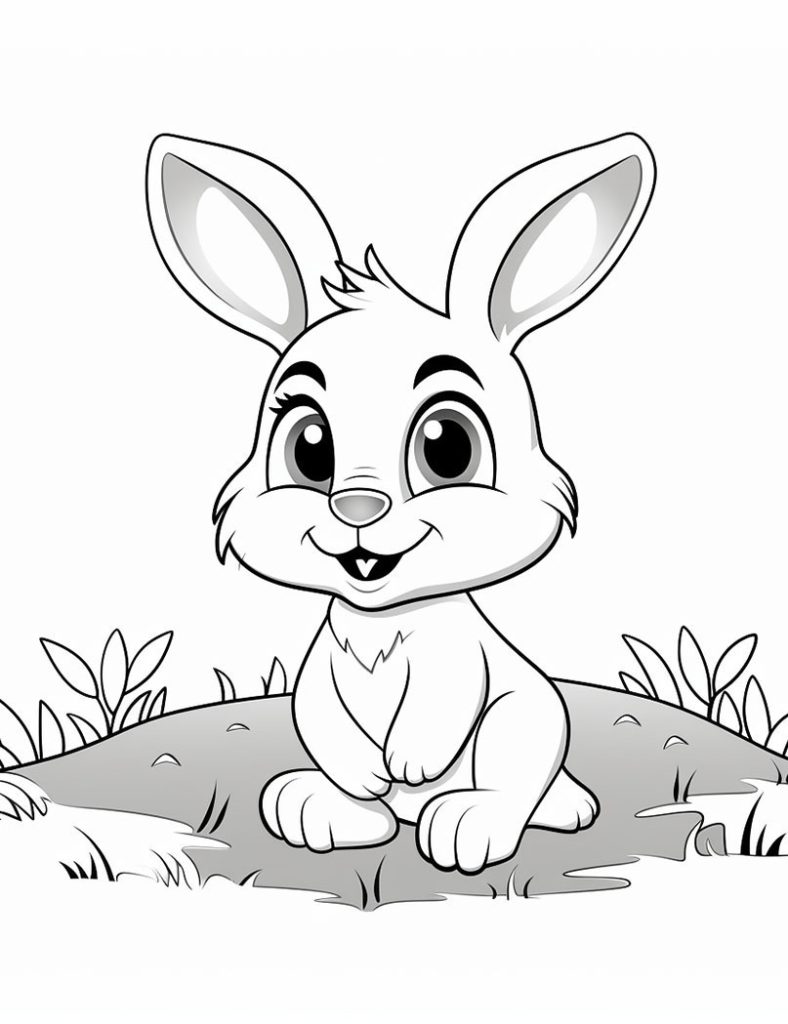
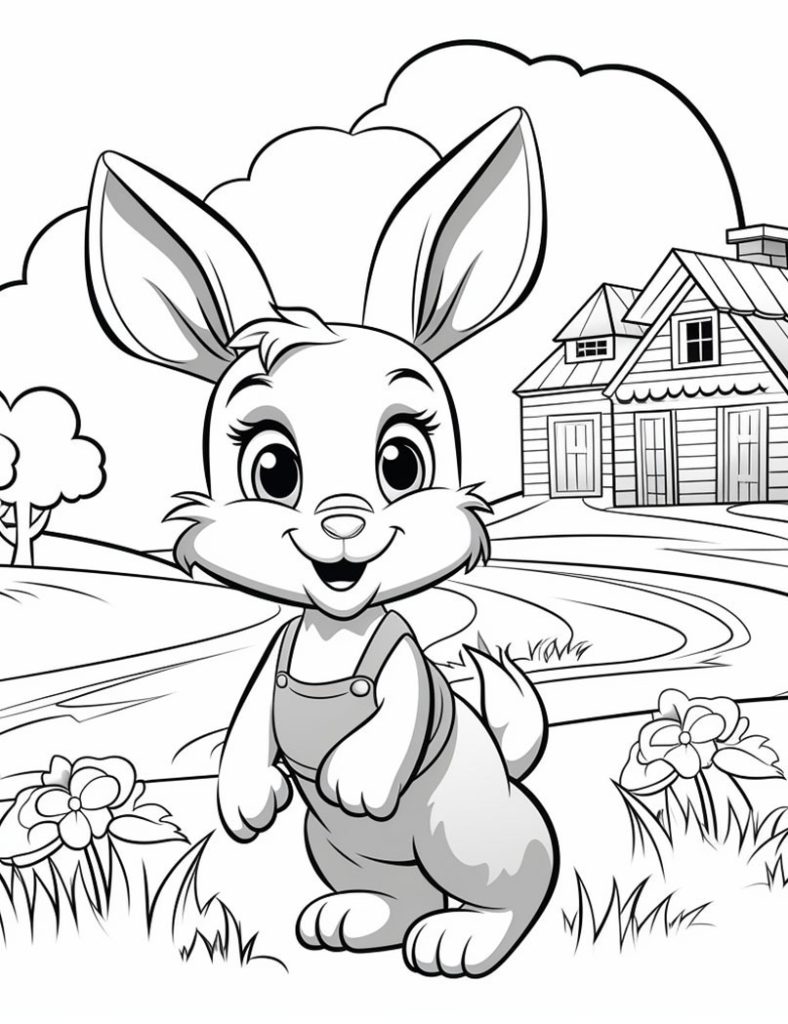
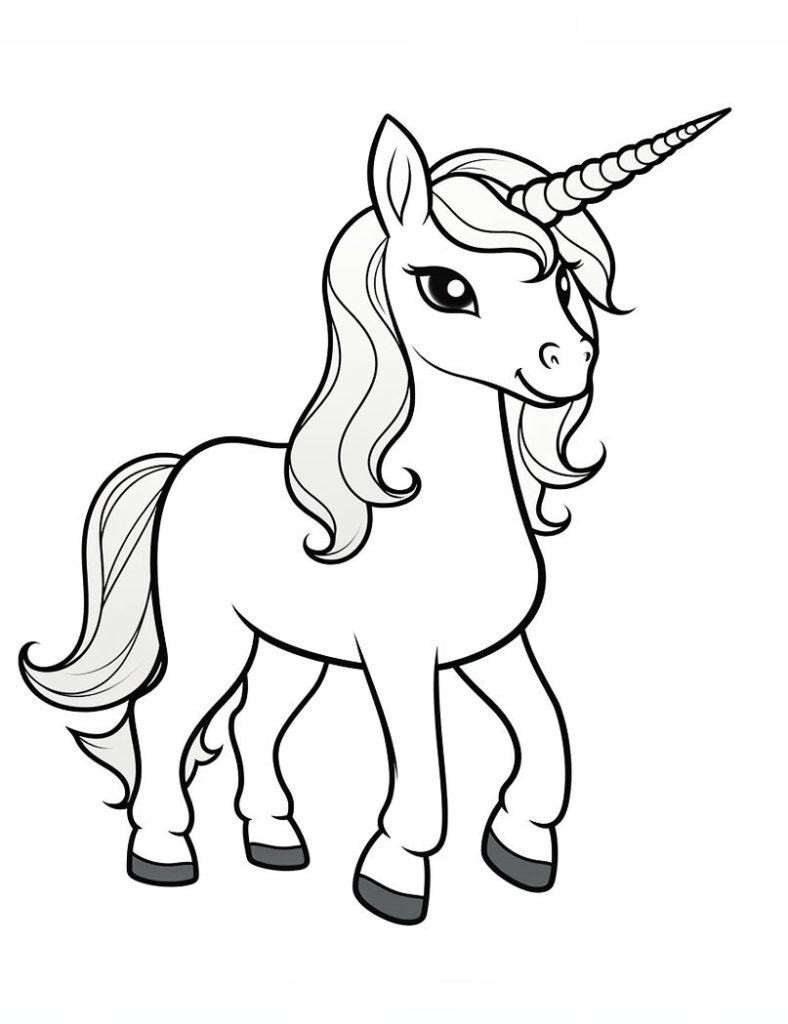
Cognitive Benefits
1. Improved Fine Motor Skills: Animal colouring is a game for children, where they coloured by crayons, fine point markers or colored pencils, thus they develop fine motor skills. As they colour, they become trained to modulate their hand movements and thereafter their dexterity and coordination improve.
2. Enhanced Color Recognition: Animal coloring pages adults the children in all kinds of colours, insofar as they can learn to identify and differentiate between all kinds of colours, shades, and tones. This skill is extremely helpful for learning color theory and achieving better art results.
3. Pattern Recognition: Some animal coloring pages have patterns, namely stripes, dots or textures, which make them quite suitable for the training of pattern recognition by children. This cognitive function has a major contribution in solution to problems, mathematical skills, and reading comprehension.
4. Memory and Recall: In simulating the coloration of animals, children can acquire the ability to condition specific colors to specific animals which, in turn, improves a child’s ability to learn and recall and retrieve information. That is also why they can remember and identify a large variety of animals, their characteristics and habitat.
Emotional Benefits
1. Stress Relief: In general, colouring the animals can be relaxing and calming activity for children to experience, creating a means for children to express themselves and cope with stress. There are projects based on repetitive coloring, which can be meditative, calm activities for children.
2. Confidence Boost: Drawing an animal in a cartoon is a child-affirming activity, which can help a child become self-assured and confident about self. This is of special importance, especially to the toddlers that are still in an identity formation process.
3. Emotional Expression: Animal coloring activities allow children to self‐manage their affect, engaging with the non‐exposed expressivity of color. This helps them develop emotional intelligence and empathy.
4. Imagination and Creativity: Animal coloring visualization is an educational tool, encouraging the informal intelligence of children, in particular an ability for the understanding of various patterns, patterns, etc. This fosters imagination, innovation, and problem-solving skills.
Social Benefits
1. Social Interaction: Animal coloring page could be used for a group activity that promotes social interaction in children, adults, or the old. This promotes bonding, communication, and teamwork.
2. Language Development: Illustrations of animals, and of animal colouration, allow them to communicate about animals, ecology, and anatomy in turn facilitating the acquisition of language and vocabulary.
3. Empathy and Understanding: Animal coloration is a process for teaching children to understand and react to other animals, and for developing a sense of belonging and concern for animals.
4. Sharing and Taking Turns: While at play, children learn the skills of sharing of materials, turn taking, and courtesy toward peers’ work, all of which are essential social skills for future socialization.
Jungle Animals Coloring Pages Benefits for Toddlers (Ages 1-3)
1. Sensory Exploration: Animal colouring pages give the young child a tactile experience allowing them to experience different textures, colours and sensation.
2. Motor Skill Development: Coloring is a method to promote fine motor skills, that is, hand-eye coordination and dexterity of infants and toddlers.
3. Introduction to Colors and Shapes: Animal coloring pages provide beginners with some fundamental colors and shapes from which make up a more complex learning process.
4. Imitation and Repetition: Toddlers learn by imitation and repetition and also through colouring animals, is a way to practice the above abilities.
Wild Animals Coloring Pages Benefits for Preschoolers (Ages 4-5)
1. Pre-Academic Skills: Animal colouring pages are used by pre-schoolers to learn a number of pre-academic skills e.g., the ability to differentiate between colours, differentiate between shapes, and to handle small-sterile material.
2. Creativity and Self-Expression: Drawing animals stimulates creativity, imagination and individuality in preschoolers.
3. Social-Emotional Learning: Animal colouring-in activities are used for developing social-emotional skills in the preschool child, including others’ feelings, self-awareness and self-regulation.
4. Preparation for Kindergarten: The colour of the animals is one of the areas of activity at early preschool age education, in which children are educated how to crayons, markers and other art materials to colour their activities that they use in kindergarten.
Tips for Parents and Caregivers
1. Make it Fun: Motivate children to play around all colours, patterns and techniques in a positive and entertaining way.
2. Provide Guidance: Provide and take up direction but let the children decide for themselves and learn from their own mistakes.
3. Use a Variety of Materials: Expose children to different means of coloring (i.e., crayons, markers, coloured pencils, and paints) from the stand point of developing fine motor skills and creativity.
4. Display Their Work: Showcase children’s drawing with praise of their effort and a reason to feel good about their artwork.
Conclusion
Animals coloring pages are a simple yet powerful tool for promoting cognitive, emotional, and social development in kids and toddlers. If these web pages are integrated into activities of everyday life, parents, caregivers, and professionals have the possibility of offering children a playful and stimulating learning, creative and communicative activity. When children are coloring and venturing into the wildlife they can find and draw the world around every one of them it can help them to learn essential skills, develop confidence and develop a lifelong interest in learning and creative activity. So get out the crayons, markers, or colored pencils and start the coloring fun!
